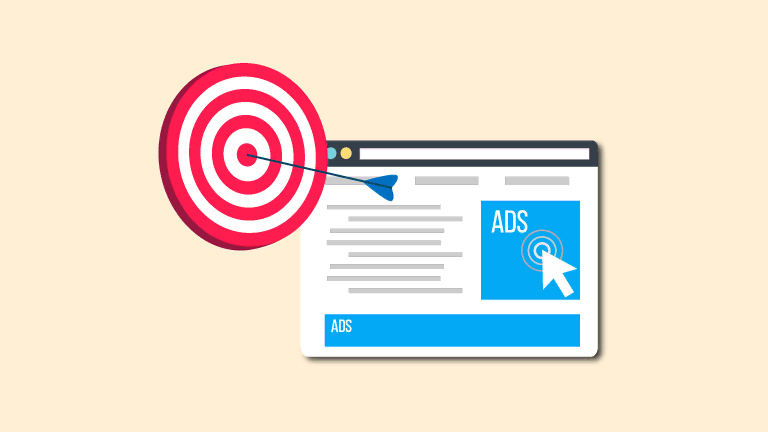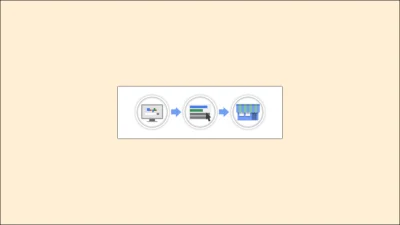What is a landing page? My definition and guide

In this article, we explore the dynamic world of landing pages, crucial tools in digital marketing. We dive into the different types of landing pages, their purposes and how they can be effectively used in marketing campaigns to improve user experience and increase conversion rates.
Definition of a landing page
What is a landing page?
A landing page in the context of SEO is a specifically designed web page that receives visitors from search engine results. The goal is to satisfy the user’s search intent and persuade them to take action, such as buying a product, signing up for a service, or requesting more information. These pages are optimized for certain keywords to best match users’ searches.

How is a landing page different from other web pages?
A landing page is distinguished from other web pages by its focused focus and minimalism. Unlike a homepage or a regular content page, which often contain multiple targets and links, a landing page focuses on one specific action or topic. This is achieved by using relevant content, clear call-to-actions (CTAs) and optimized keywords that closely match users’ search queries.
Goals of landing pages
Overview of different purposes landing pages can serve
Landing pages are used in SEO for various purposes, such as:
- Lead generation: Gathering contact information from potential customers for further marketing efforts.
- Increasing conversions: Encouraging visitors to take a specific action, such as making a purchase or signing up for a newsletter.
- Improve search engine rankings: Target specific keywords to rank better in search engine results.
- Provision of detailed information: Aimed at users seeking specific information about products, services or topics.
Examples of targeted landing pages are:
- A page focused on “best organic dog food” that offers extensive information and purchasing options.
- A landing page for “free marketing webinar registration” that encourages users to register for an event.
What is a landing page (video)
No time for a long article? No problem. Watch the video below for a summary of this article.
Goals of landing pages
Overview of different purposes landing pages can serve
Landing pages aim to direct visitors to a specific action, and can be used for a variety of purposes. Some common targets are:
- Lead generation: Collecting contact information from potential customers. For example, a page that asks users to enter their email address in exchange for a free e-book or newsletter.
- Sales: Direct online sales of a product or service. These pages often focus on one specific product and encourage the visitor to make a purchase.
- Registration: Encourage users to register for events, webinars, or memberships. These pages often contain forms for the user to fill out.

Examples of targeted landing pages
- A landing page for a fitness app can focus on collecting sign-ups by offering a free trial.
- An e-commerce site’s landing page may be aimed at selling a new product by highlighting special offers or limited discounts.
Elements of an effective landing page
Key components that make a landing page successful
Creating an effective landing page involves several elements:
- Clear and concise headline: An attractive headline that grabs attention and directly communicates the value proposition.
- Attractive visuals: High-quality images or videos that support the message and appeal to visitors.
- Clear and focused content: Clear and to-the-point information aimed at convincing the visitor to take the desired action.
- Convincing call-to-action (CTA): A clear and eye-catching CTA button or link that prompts visitors to take action.
- User-friendly form: Easy-to-fill forms essential for lead generation or registration.
- Trust elements: Testimonials, customer reviews, certifications, or security symbols that inspire trust.
Tips for designing an attractive and functional landing page
- Know your audience: Understand who your target audience is and what motivates them.
- Be consistent in branding: Make sure the landing page is consistent with your company’s overall branding and style.
- Test different versions: Use A/B testing to test and optimize different elements of your page.
- Mobile-friendly design: Make sure the landing page works well on both desktop and mobile devices.
- Fast loading: Optimize page load time, as slow pages can lead to high bounce rates.
Types of landing pages
Different types of landing pages based on goals and industries
There are different types of landing pages, each tailored to specific goals and industries. Some examples include:
- Lead generation landing pages: Designed to collect contact information from visitors. Commonly used in B2B industries or for long sales cycles.
- Click-through landing pages: Used in e-commerce and B2C markets to direct visitors directly to a sales page.
- Infomercial landing pages: Long, detailed pages that offer a lot of information, often used for products that require more explanation or persuasion.
- Viral landing pages: Aimed at brand awareness and sharing, often with interactive elements or engaging content.
Examples of each type with analysis
- Lead generation landing page: A landing page for a software company might include a form to request a free demo, with an emphasis on easily gathering contact information.
- Click-through landing page: An online clothing store may have a landing page with a special offer that leads the customer directly to the checkout process.
Using landing pages in marketing campaigns
How to integrate landing pages into broader marketing strategies
Landing pages can be effectively integrated into broader marketing strategies by:
- Targeted campaigns: Use landing pages for specific marketing campaigns, such as email marketing or social media ads.
- Segmentation: Create different landing pages for different audience segments to increase relevance and conversion.
- Content alignment: Make sure the content of the landing page matches the message of the ads or emails that lead visitors to it.
Do’s and don’ts in designing and using landing pages
Do’s:
- Keep the design simple: Minimize distractions and focus on the CTA.
- Use clear, actionable headlines: Make it immediately clear what the value is to the visitor.
- Test and optimize: Use A/B testing to optimize different elements of your landing page.
Don’ts:
- Don’t overdo it with information: Too much text or information can be overwhelming.
- Don’t ignore mobile design: A large portion of traffic is likely to come from mobile devices.
- Neglect page speed: Slow load times can lead to a high bounce rate.
How to measure and optimize landing page performance
Landing page performance can be measured and optimized by:
- Analyze conversion rates: See how many visitors take the desired action.
- Use analytics tools: Tools such as Google Analytics can provide insight into visitor behavior.
- Bounce rate and time on page: Assess how long visitors stay and whether they leave quickly.
- A/B testing: Test different versions of a page to see which performs best.

Summary
Landing pages are essential in the digital marketing landscape, with their ability to reach specific audiences and drive them to action. Successfully integrating and optimizing these pages into marketing strategies can have a significant impact on achieving business goals and improving overall online performance.






